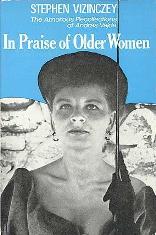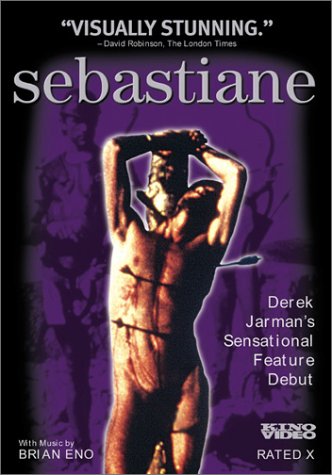httpv://www.youtube.com/watch?v=sa3bHKWZoJg
The movie that haunted Frye as a child: Lon Chaney in The Phantom of the Opera, 1925.
I am reading Bob Denham’s wonderful book, Northrop Frye: Religious Visionary and Architect of the Spiritual World. It is divided into two main parts, “Exoterica” and “Esoterica”, the first of which I am making my leisurely way through. I have always called myself an exoteric Frye scholar, which means that I try to approach him as a general reader would through the published work and with the assured assumption that it possesses total coherence. This approach has never failed me. But what Bob manages to demonstrate is how the esoteric element of Frye’s critical vision illuminates the exoteric: and, appropriately enough, illuminates it from within. I’m not even bothering to annotate or highlight the book — that can come with subsequent readings. This first time round I simply enjoy being startled by the clarity of Bob’s insights while tucking away little bits of miscellaneous information here and there, like a chipmunk filling its cheeks.
Here are a couple of observations that stand out for me at this point, and I hope are at least tangentially related to the posts that have been going up the last few days.
The first has to do with Frye’s notebooks, which Bob characterizes as the “imaginative free play” where Frye’s mind displays its tendency to dianoia or the gestalt perception of pattern rather than the narrative continuity of mythos. Here Frye is associative, oracular, synchronicitous. Bob mines a number of excellent quotes from the notebooks to illustrate the tendency, but this one stands out:
[I]n beginning to plan a major work like the third book, don’t eliminate anything. Never assume that some area of your speculation can’t be included & has to be left over for another book. Things may get eliminated in the very last stage . . . but never, never exclude anything when thinking about the book. It was strenuous having to cut down FS [Fearful Symmetry] from an encyclopedia, but . . . major works are encyclopedic & anatomic: everything I know must go into them — eye of bat & tongue of dog. (25)
The second observation relates to the emphasis on katabasis or descent in Frye’s later work, which Bob astutely notes “appears to be even more important” than the theme of ascent. Once again, he comes up with a superb quote from one of Frye’s 1960s notebooks to make the point:
Everybody has a fixation. Mine has to do with meander-and-descent patterns. For years in my childhood I wanted to dig a cave & be the head of a society in it — this was before I read Tom Sawyer. All the things in literature that haunt me most have to do with katabasis. The movie that hit me hardest as a child was the Lon Chaney Phantom of the Opera. My main points of reference in literature are such things as The Tempest, P.R. [Paradise Regained], [Blake’s Milton], the Ancient Mariner, Alice in Wonderland, the Waste Land– every damn one a meander-&-katabasis work. (29)
Continue reading →






